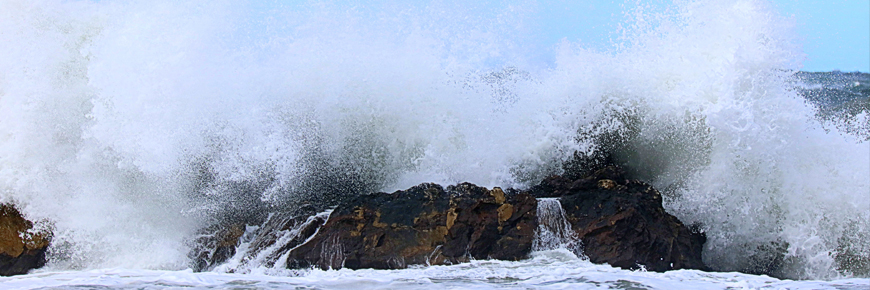
Marine regions off Cape Breton Highlands National Park
Cape Breton Highlands National Park
Cape Breton Island borders on three Parks Canada marine regions. The Magdalen Shallows and Laurentian Channel marine regions are found within the Gulf of St. Lawrence while the Scotian Shelf marine region is part of the Atlantic Ocean. The Gulf of St. Lawrence and Atlantic Ocean are effectively separated by the island. Along the coast, the Cape Breton Highlands National Park boundary follows the average high tide line.
The Atlantic Ocean and the Gulf of St. Lawrence are an important part of the northern Cape Breton ecosystem. On both coasts, tidal up-welling along branches of the Laurentian Channel, a deep canyon in the sea floor, brings oxygen- and nutrient-rich water to the surface which supports a complex marine food chain including algae, plankton, invertebrates (such as crab, lobster and squid), fish (such as cod, haddock, herring, swordfish and tuna) and whales.
The Gulf is shallower and less salty than the Atlantic Ocean, which makes it slightly warmer in summer but also more likely to freeze in winter. With water warmer than any coastal waters north of Cape Cod, the Gulf is both highly productive and rich in species.
The number and variety of intertidal species such as periwinkles and barnacles is small along both coasts of the park. This is mainly due to ice scouring, storm waves, cold water temperatures and little difference in water level between low and high tides.
- Date modified :